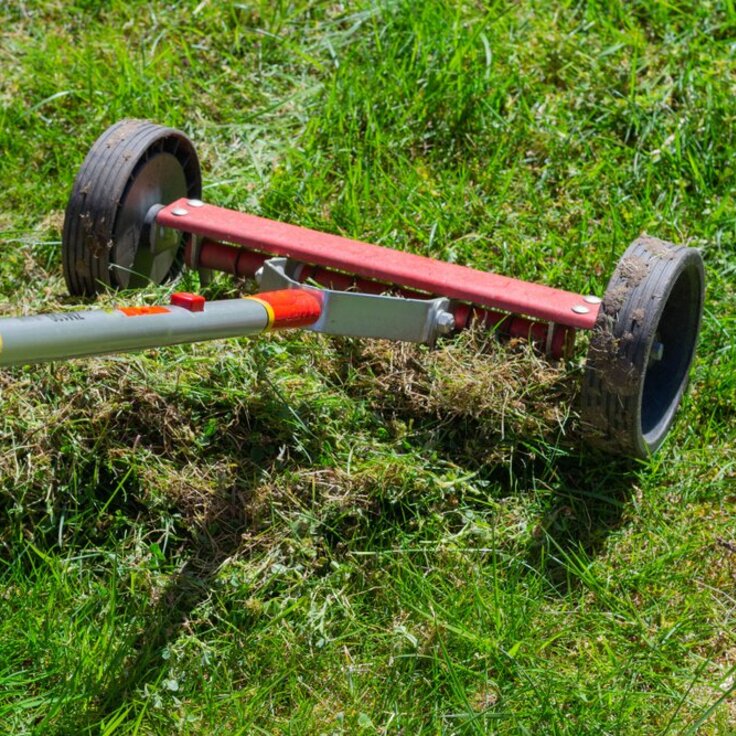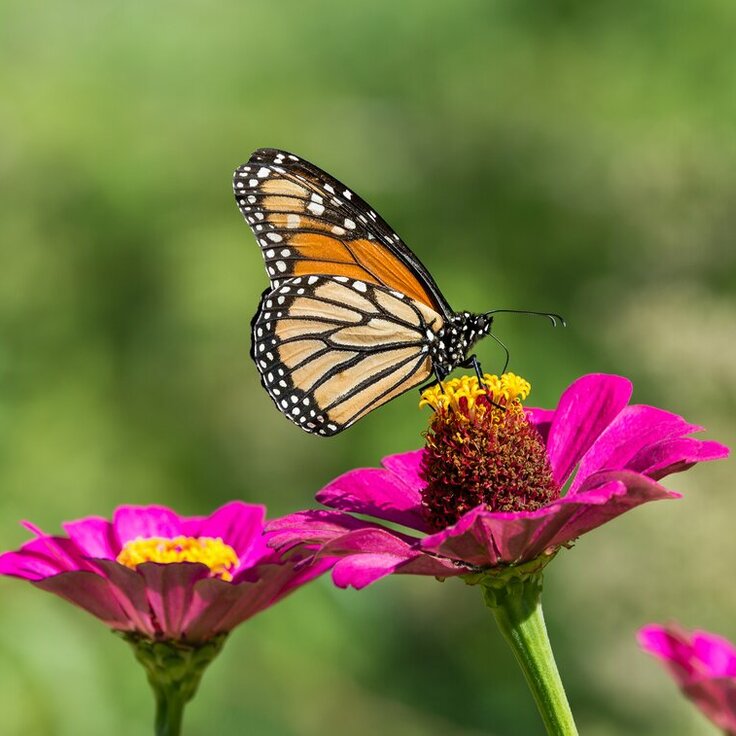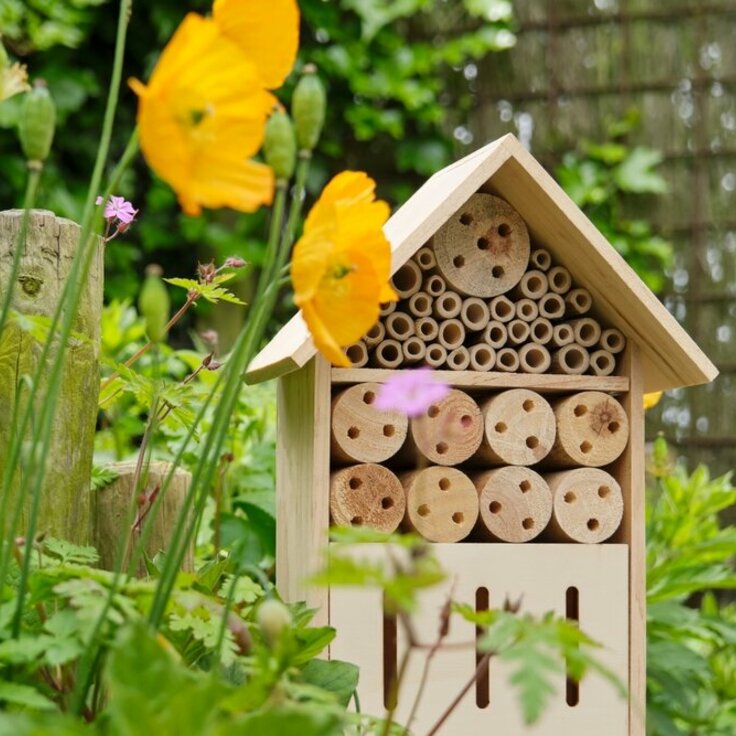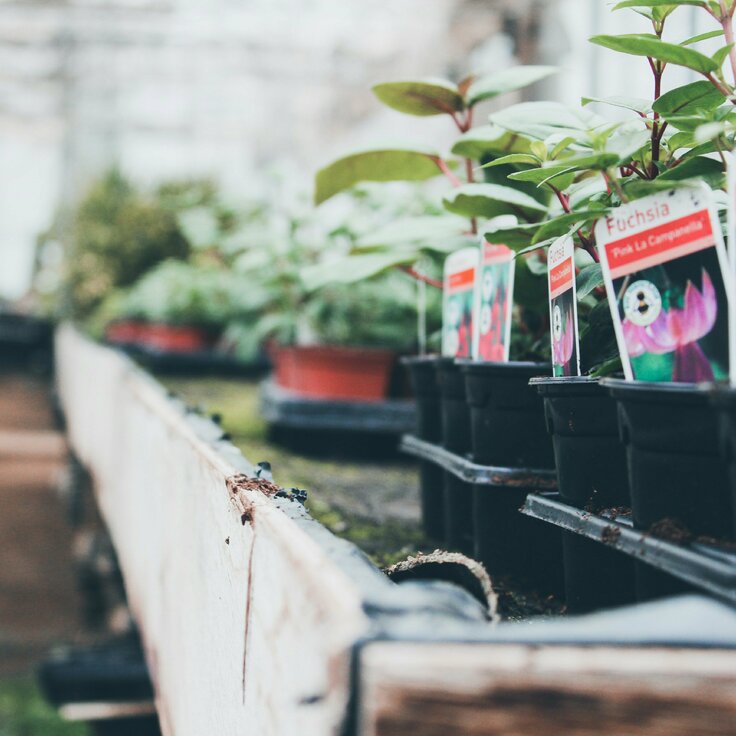Preparation for a winter-resilient garden
Winter can be a tough time for your garden, but with the right preparation, you can ensure that your plants remain well-protected. A winter garden requires careful planning and attention to detail. Start by removing fallen leaves, twigs, and other garden waste to prevent the spread of diseases and mould. Make sure the soil is properly covered, for example with mulch, to insulate plant roots against the cold. Don’t forget to get your gardening tools ready for winter; sharp, clean tools make maintenance easier.
Protecting Vulnerable Plants from the Cold
Not all plants can withstand the extreme cold of winter. Delicate species, such as Mediterranean plants or young shrubs, need extra protection. Wrap them in garden fleece or hessian to insulate them. Adding a layer of compost around the plants helps retain warmth in the soil. For potted plants, it's best to bring them indoors or group them together in a sheltered spot to protect them from wind and frost.
Choosing Hardy Plants for a Strong Garden
The foundation of a winter-resilient garden is selecting hardy plants. Consider varieties like holly, snowdrops, and winter pansies, which bloom even during the colder months and bring colour and life to your garden. Vary the height and structure of the plants to keep your garden interesting, even in winter. By choosing plants that are well-suited to the cold, you minimise the risk of damage and make maintenance easier.

Water Management During the Cold Months
While winter may seem wet, it’s still important to manage water in your garden. Plants also need water during this time, especially when the weather is dry or sunny. Water on days when temperatures are above freezing so the water doesn’t freeze around the roots. Additionally, check that your hose and irrigation systems are properly drained to prevent frost damage.
Soil Maintenance in Winter
The soil is vital to the health of your garden, even in winter. By adding compost, you enrich the soil with essential nutrients that help plants survive the cold. This also provides a good foundation for growth in the spring. Avoid digging frozen soil, as this can damage its structure. Use a rake to gently break up any crusts and allow oxygen to reach the soil.
Caring for Wildlife in Your Winter Garden
Your winter garden is not only important for the plants but also provides shelter for various animals. Hang bird feeders and nesting boxes to help birds survive the cold. Leave a wilder corner of your garden for hedgehogs and insects to overwinter. This enhances biodiversity and promotes natural pest control in your garden.

Protecting Wooden Features Against Winter
Wooden garden furniture, fences, and other wooden elements also need attention during winter. Inspect them for damage and treat the wood with a protective oil or varnish to prevent moisture from penetrating. Bring furniture indoors or cover it with waterproof covers to prevent cold-related damage. This will ensure these features remain in good condition, so you can enjoy them again come spring.
Enjoying Your Winter Garden
With the proper care, you can enjoy your garden even in winter. Take a walk and admire the structure and colours of your garden, or set up a bird feeder and watch the birds bring life to the cold landscape. By actively maintaining your garden, you create a healthy space where both you and nature can benefit.
A Winter-Resilient Garden
Maintaining a garden in winter requires attention and thoughtful planning. By investing in the right protection, plant selection, and maintenance, you give your garden the best chance to stay healthy throughout the colder months. Whether you choose winter flowers or focus on protecting your plants from the cold, every effort contributes to a garden that flourishes even in the chilliest months. Follow these tips and transform your garden into a winter paradise.








